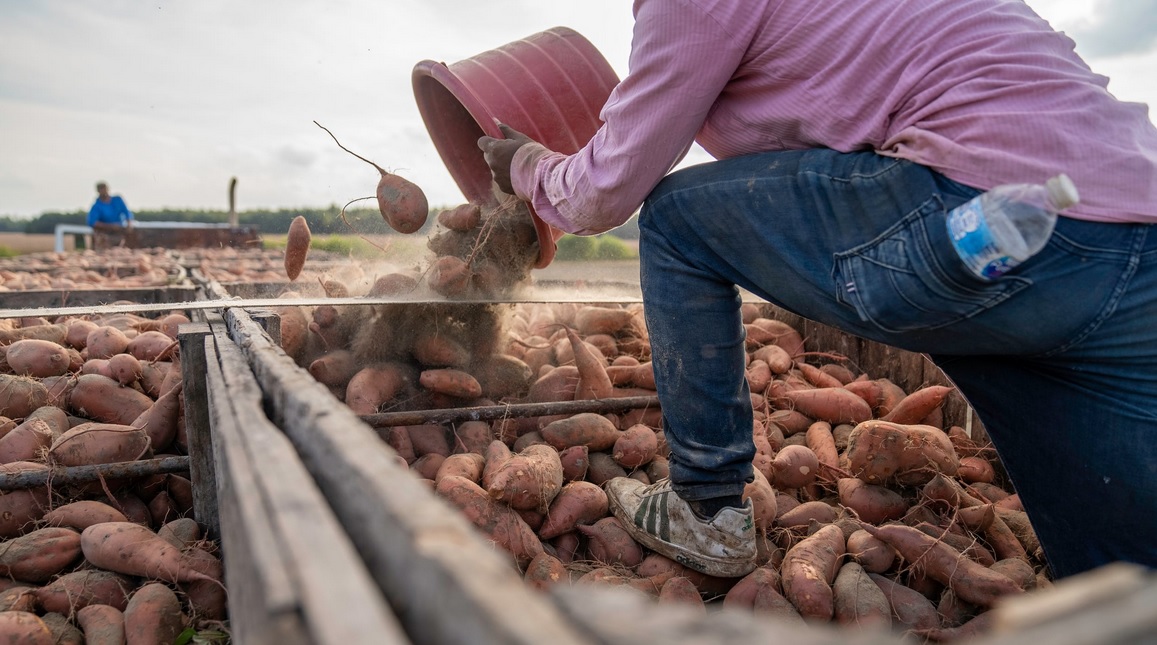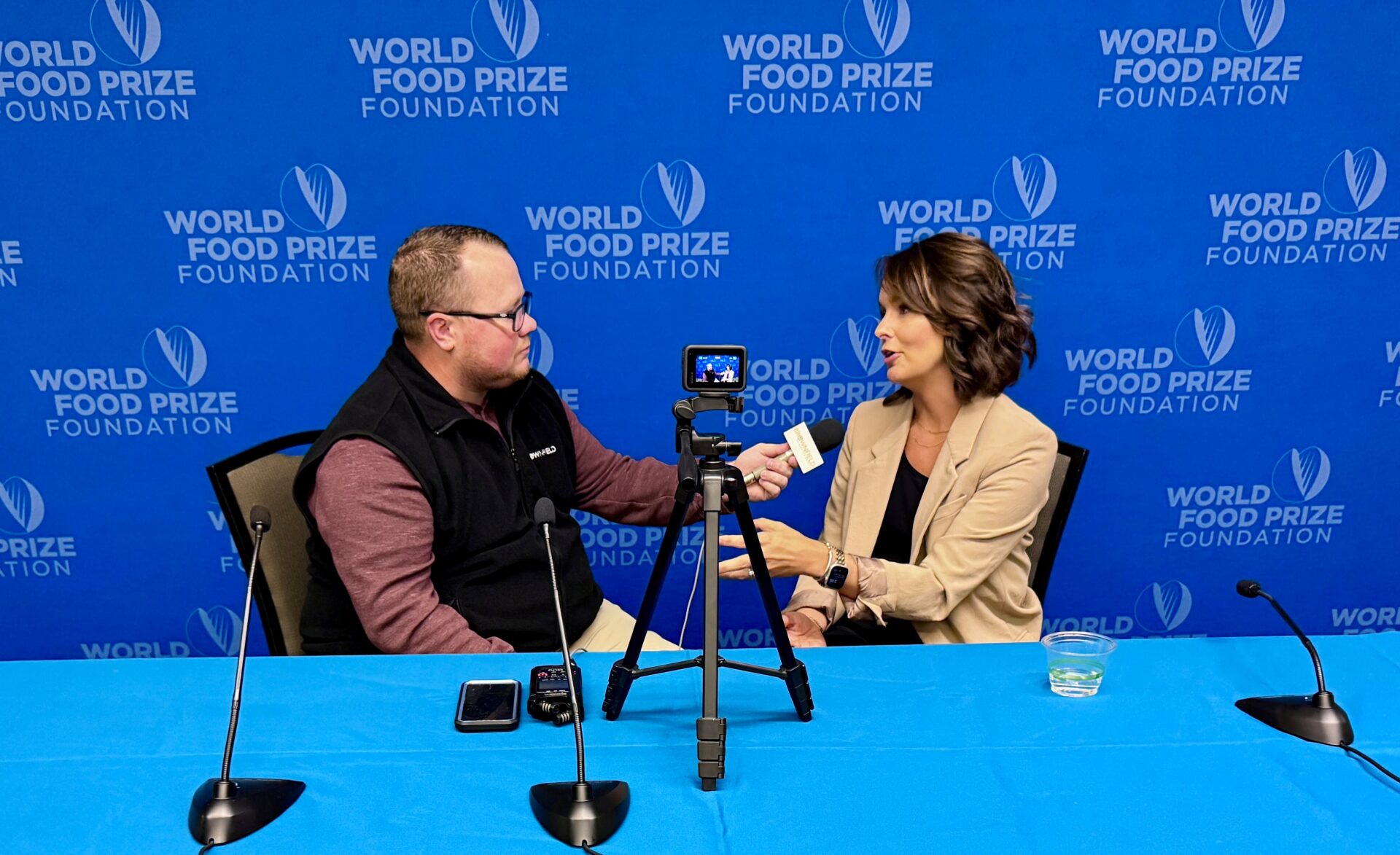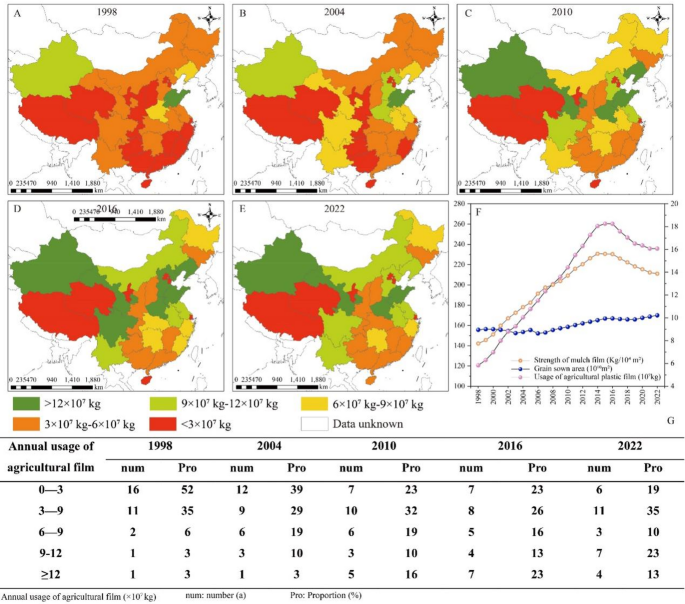Report on Grain Mill Infrastructure Investment in Oregon
Project Overview and Funding Allocation
The Oregon Department of Agriculture (ODA) has allocated an award of $755,077 to Northwest Mills and Specialty Grains (DBA Cairnspring Mills). The funding is designated for the development of a grain milling infrastructure project located at the Coyote Business Park, a commercial development owned and operated by the Confederated Tribes of the Umatilla Indian Reservation (CTUIR).
This initiative is supported by the Resilient Food Systems Infrastructure (RFSI) Program, a cooperative agreement with the U.S. Department of Agriculture’s (USDA) Agricultural Marketing Service (AMS). The RFSI program’s primary objective is to enhance resilience within the middle of the food supply chain, encompassing processing, aggregation, storage, and distribution.
Alignment with Sustainable Development Goals (SDGs)
SDG 2: Zero Hunger & SDG 11: Sustainable Cities and Communities
The project directly addresses SDG 2 by strengthening regional food security. By establishing local grain processing capacity in Eastern Oregon, the initiative aims to build a more resilient and self-sufficient food system.
- It reduces reliance on long-distance supply chains for staple food products.
- The development of a regenerative flour mill supports sustainable agricultural practices.
- It contributes to SDG 11 by making the regional community’s food supply more secure and sustainable.
SDG 8: Decent Work and Economic Growth & SDG 10: Reduced Inequalities
This investment fosters inclusive economic growth and aims to reduce inequalities by providing significant benefits to the local community and an indigenous population.
- The project is situated in the Coyote Business Park, a development managed by the CTUIR, ensuring direct economic benefits and business development opportunities for the Tribe.
- It creates new markets and provides value-added returns for the CTUIR’s Farm Enterprise and other regional farmers.
- By supporting local businesses and agricultural producers, the project stimulates job creation and sustainable economic activity in the region.
SDG 9: Industry, Innovation, and Infrastructure & SDG 17: Partnerships for the Goals
The core of the project is the construction of critical infrastructure, achieved through a multi-stakeholder partnership, reflecting the principles of SDG 9 and SDG 17.
- Infrastructure Development (SDG 9): The funding facilitates the construction of a grain storage and milling facility, two grain silos, and a truck scale, which are essential for a modern and efficient food processing system.
- Strategic Partnerships (SDG 17): The project’s success is built on the collaboration between government agencies (ODA, USDA-AMS), a tribal government (CTUIR), and a private enterprise (Northwest Mills and Specialty Grains). This partnership model is crucial for achieving complex development goals.
Strategic Objectives and Programmatic Context
Project Goals and Expected Outcomes
The primary objective is to enhance the middle of the food supply chain infrastructure to support local and regional food systems. Key outcomes include:
- Increased grain processing capacity in Eastern Oregon.
- Support for local farmers through the creation of stable, local markets for regionally grown grains.
- Reduction in the distance between food producers and consumers, contributing to a lower carbon footprint.
- Promotion of regenerative agriculture through the new flour mill’s operations.
The Resilient Food Systems Infrastructure (RFSI) Program
This award is part of a larger $420 million federal initiative funded by the American Rescue Plan of 2021. The RFSI program empowers state agencies to enter into cooperative agreements to build capacity and resilience in local and regional food supply chains. In Oregon, the ODA has administered these funds, previously recommending 24 projects representing a total investment of $4 million to support middle-of-the-supply-chain infrastructure. This project with Northwest Mills and Specialty Grains is a significant addition to that portfolio.
Analysis of the Article in Relation to Sustainable Development Goals
1. Which SDGs are addressed or connected to the issues highlighted in the article?
-
SDG 2: Zero Hunger
The article’s primary focus is on strengthening the food supply chain and building regional food security. The project to build a grain mill directly addresses the processing and availability of food, which is central to ending hunger and ensuring access to food.
-
SDG 8: Decent Work and Economic Growth
The project is an economic development initiative. It aims to create “value added returns for the region,” support local farmers, and help the Coyote Business Park “flourish with successful businesses,” all of which contribute to local economic growth and job creation.
-
SDG 9: Industry, Innovation and Infrastructure
The core of the article is about a “$755K award to a grain mill project that strengthens food supply chain infrastructure.” It details the construction of a “critical grain storage and milling facility, two grain silos, and a truck scale,” which is a direct investment in resilient and sustainable industrial infrastructure.
-
SDG 10: Reduced Inequalities
The project is located at Coyote Business Park, which is “owned and operated by the Confederated Tribes of the Umatilla Indian Reservation (CTUIR).” The article explicitly states that the funding will “benefit the Tribe’s Farm Enterprise” and the Umatilla Tribe, promoting economic inclusion and development for an indigenous community.
-
SDG 11: Sustainable Cities and Communities
By strengthening “local and regional food systems” and aiming to “reduce the distance between farmers and customers,” the project enhances community resilience and self-sufficiency. It supports positive economic links between rural producers (farmers) and the regional community.
-
SDG 17: Partnerships for the Goals
The project is a clear example of a multi-stakeholder partnership. The article highlights the “partnership and collaboration between ODA (state government), USDA-AMS (federal government), CTUIR (indigenous government), and Northwest Mills and Specialty Grains (private sector)” to achieve a common goal.
2. What specific targets under those SDGs can be identified based on the article’s content?
-
Target 2.3: By 2030, double the agricultural productivity and incomes of small-scale food producers, in particular… indigenous peoples…
The project supports “local farmers” and the “Tribe’s Farm Enterprise,” aiming to provide “value added returns” by creating local processing capacity and new markets for their grains.
-
Target 2.4: By 2030, ensure sustainable food production systems and implement resilient agricultural practices…
The project aims to “build resilience across the middle of the supply chain” and involves the development of a “regenerative flour mill,” which points towards sustainable and resilient food systems.
-
Target 8.2: Achieve higher levels of economic productivity through diversification, technological upgrading and innovation, including through a focus on high-value added… sectors.
The grant supports a “value added” activity (milling grain into flour) and represents an investment in modernizing the region’s food processing infrastructure.
-
Target 9.1: Develop quality, reliable, sustainable and resilient infrastructure… to support economic development and human well-being.
The project is a direct investment in building “resilient” food supply chain “infrastructure” (mill, silos) to support the regional economy and food security.
-
Target 10.2: By 2030, empower and promote the social, economic and political inclusion of all, irrespective of… origin…
The project is a partnership with the Confederated Tribes of the Umatilla Indian Reservation and is designed to bring economic benefits and business growth to the tribe, thereby promoting their economic inclusion.
-
Target 17.17: Encourage and promote effective public, public-private and civil society partnerships…
The article describes a partnership model involving federal (USDA), state (ODA), tribal (CTUIR), and private (Northwest Mills) entities, showcasing an effective collaboration to achieve development goals.
3. Are there any indicators mentioned or implied in the article that can be used to measure progress towards the identified targets?
- Financial Investment in Infrastructure: The article explicitly mentions the financial investment amounts: “$755,077” for this specific project and a total of “$4M” invested by ODA across 24 projects. This can be used as an indicator for progress on infrastructure development (Target 9.1).
- Development of Physical Infrastructure: The article specifies the physical outputs of the project: “the construction of a critical grain storage and milling facility, two grain silos, and a truck scale.” The completion of this infrastructure is a direct measure of progress.
- Number of Businesses Supported: The project directly supports the growth of “Northwest Mills and Specialty Grains” and aims to make the “Coyote Business Park flourish with successful businesses.” The number of businesses established or expanded can serve as an indicator of economic growth (Target 8.2).
- Increased Processing Capacity: The project’s goal is to “provide much needed grain processing capacity in Eastern Oregon.” Measuring the increase in grain milling capacity (e.g., in tons per year) would be a direct indicator of achieving the project’s objective and strengthening the food supply chain (Target 2.4).
- Value Added to Agricultural Products: The article mentions the goal of providing “value added returns for the region.” An indicator would be the monetary increase in the value of grain once it is processed into flour locally, benefiting farmers and the Tribe’s Farm Enterprise (Target 2.3).
4. Table of SDGs, Targets, and Indicators
| SDGs | Targets | Indicators |
|---|---|---|
| SDG 2: Zero Hunger | 2.3: Double incomes of small-scale food producers, including indigenous peoples. 2.4: Ensure sustainable and resilient food production systems. |
– Increase in “value added returns” for local farmers and the Tribe’s Farm Enterprise. – Increase in regional grain processing capacity. |
| SDG 8: Decent Work and Economic Growth | 8.2: Achieve higher economic productivity through value-added sectors. | – Number of successful businesses supported or created in the Coyote Business Park. – Number of jobs created through workforce development. |
| SDG 9: Industry, Innovation and Infrastructure | 9.1: Develop quality, reliable, sustainable and resilient infrastructure. | – Financial investment in infrastructure ($755,077). – Number of physical infrastructure units built (1 mill, 2 silos, 1 truck scale). |
| SDG 10: Reduced Inequalities | 10.2: Empower and promote the economic inclusion of all. | – Level of economic benefit and business growth for the Confederated Tribes of the Umatilla Indian Reservation. |
| SDG 17: Partnerships for the Goals | 17.17: Encourage effective public, public-private and civil society partnerships. | – Number and type of partners involved in the project (federal, state, tribal, private). – Amount of funding mobilized through the partnership. |
Source: naturalresourcereport.com






